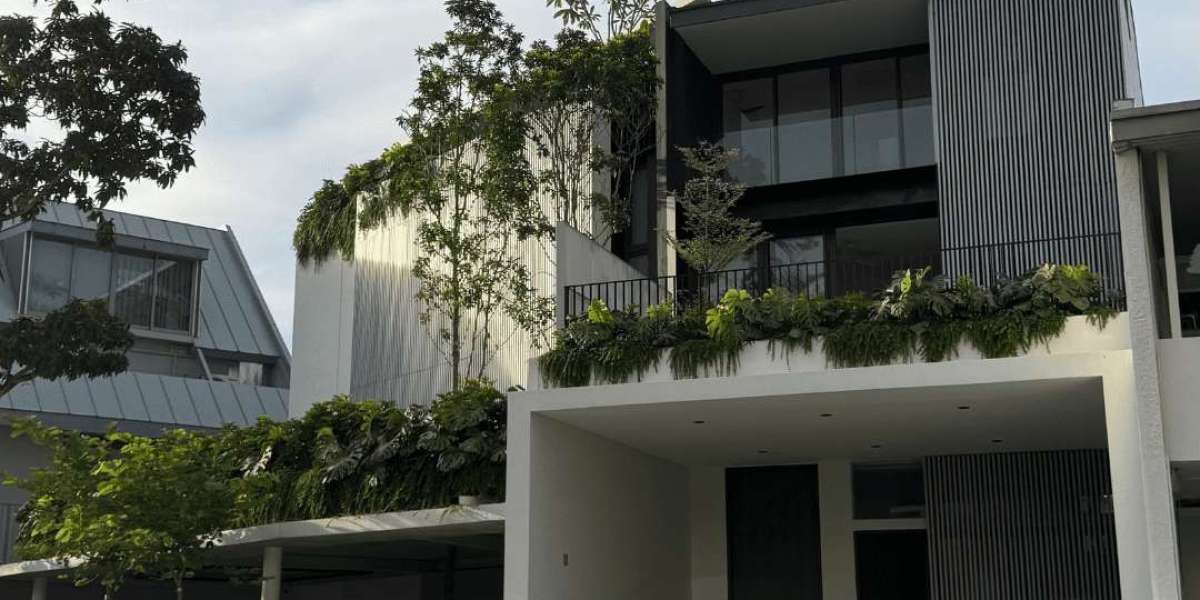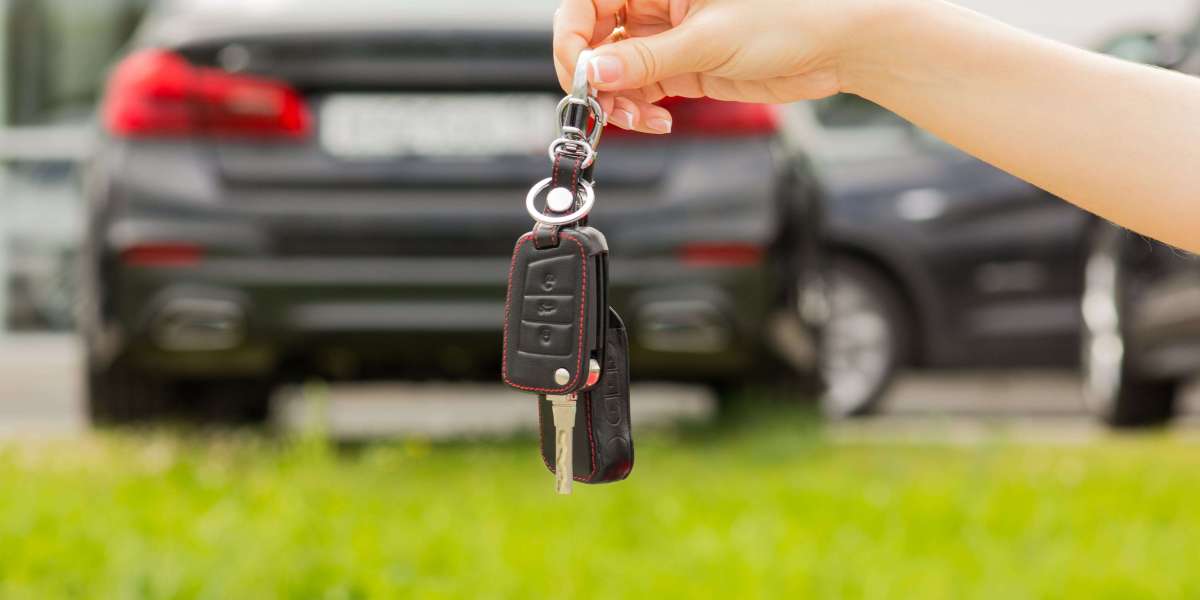Introduction: Greening the Heartlands
Singapore, a city-state known for its urban innovation and land scarcity, has long been a pioneer in sustainable living. Nowhere is this more evident than in its public housing landscape. With over 80% of its population living in HDB (Housing and Development Board) flats, sustainability in public housing is not just a goal—it is a national imperative.
To align with the Singapore Green Plan 2030 and its net-zero targets, HDB has launched a comprehensive Public Housing Sustainability Roadmap. This blueprint outlines strategies to make public housing greener, more energy-efficient, and climate-resilient while maintaining affordability.
1. The Need for a Sustainable Public Housing Strategy
Singapore faces several sustainability challenges:
High Urban Density: Land scarcity demands innovative, vertical solutions.
Energy Use: Residential buildings account for a significant portion of national electricity consumption.
Climate Change: Rising temperatures, unpredictable rainfall, and sea-level rise threaten long-term liveability.
To address these issues, HDB’s roadmap integrates environmental, social, and economic sustainability in housing design and estate management.
2. Key Pillars of the Public Housing Sustainability Roadmap
The roadmap is built on three main thrusts:
a) Delivering Sustainable Homes
This involves ensuring new flats and townships are designed with green features and energy efficiency in mind.
Smart and Sustainable Town Framework: Every new HDB town is planned using this framework which focuses on energy, water, waste, and greenery.
Green Building Certifications: New flats aim to achieve BCA Green Mark standards, with many reaching the Green Mark Platinum level.
Sustainable Construction: Use of prefabricated prefinished volumetric construction (PPVC), sustainable materials, and reduced on-site waste.
b) Empowering Residents to Live Sustainably
HDB promotes eco-conscious living among residents through incentives and community engagement.
Smart Lighting & Appliances: Energy-efficient lifts, motion-sensor corridor lights, and smart water meters.
MySmartHDB Home: A pilot program that equips homes with smart devices to track energy usage and promote behavioural change.
Green Living Programmes: Initiatives like “Eco Town” and “Green Homes” to encourage waste segregation and energy conservation.
c) Creating Sustainable Precincts
Sustainability goes beyond individual buildings to encompass the entire town ecosystem.
Centralised Cooling Systems: Piloted in newer precincts like Tengah, these reduce the carbon footprint of air-conditioning.
Urban Farming: Rooftop gardens and vertical farms reduce food miles and promote food resilience.
Climate-Resilient Infrastructure: Enhanced drainage systems, urban greenery, and heat-mitigating design for climate adaptation.
3. The Tengah Eco-Town: A Glimpse into the Future
Tengah is Singapore’s first town designed with sustainability at its core. Dubbed the “Forest Town,” it embodies all the pillars of the HDB Sustainability Roadmap:
Car-Lite Town Planning: Priority for pedestrians and cyclists, with car parks located at the periphery.
Centralised Cooling System (CCS): Integrated with district-level energy management to reduce energy wastage.
Smart Energy Management: Solar-ready roofs and advanced energy analytics tools.
Green Infrastructure: A 100-metre-wide forest corridor running through the town, providing biodiversity and recreational space.
Tengah is not just a housing project but a testbed for technologies that could be scaled to other towns.
4. Harnessing Solar Power at Scale
HDB is scaling up solar adoption through its SolarNova programme, a joint initiative with the Singapore Economic Development Board.
Target: Install 540 MWp of solar capacity across HDB blocks by 2030.
Current Progress: Over 6,000 HDB blocks have been fitted or scheduled for solar panels.
Energy Use: Solar energy is used to power common areas (lifts, water pumps, lights), reducing town councils' utility bills.
This makes public housing one of the largest contributors to Singapore’s renewable energy goals.
5. Green Towns Programme: Retrofitting the Past
While new towns are built sustainably, existing estates also play a vital role. HDB’s Green Towns Programme (GTP) aims to green older towns through retrofitting and innovation.
Key components include:
Cooler Homes: Applying cool paint on building facades to reduce indoor temperatures by up to 2°C.
Intelligent Lighting: Upgrading street and corridor lights to LED and motion-sensor systems.
Waste Management: More recycling points, centralised refuse chutes for recyclables, and education on waste separation.
By 2030, HDB plans to implement these features in all 24 existing towns.
6. Water and Waste: Closing the Loop
Water Conservation Efforts
Smart Water Meters: Detect leaks and monitor usage in real-time.
Water-efficient Fixtures: Mandatory installation in new flats.
Rainwater Harvesting: Used for landscape irrigation and cleaning common areas.
Waste Minimisation
Recycling Initiatives: Community-based campaigns to improve recycling rates.
Food Waste Digesters: Pilots in selected precincts convert food waste into compost for community gardening.
Green Lease Agreements: Town councils commit to reducing energy and waste through specific action plans.
7. Building for Resilience: Climate-Ready HDB Estates
HDB flats must withstand extreme weather, rising temperatures, and increased rainfall.
Flood Mitigation: Elevated ground floors, improved stormwater drainage.
Urban Heat Island (UHI) Mitigation: Extensive greenery, wind corridors, and heat-reflective surfaces.
Biodiversity Corridors: Enhancing flora and fauna connectivity through rooftop and vertical greenery.
These efforts are informed by ongoing research from the Centre of Building Research (CBR) and HDB Greenprint studies.
8. Affordability Meets Sustainability
A cornerstone of Singapore’s public housing model is affordability. HDB ensures that sustainable upgrades do not lead to drastic cost increases for residents.
Government Grants: Funding support for solar panels, green features, and smart devices.
Bulk Procurement: Centralised procurement to drive down costs of green technologies.
Life-Cycle Costing: Green features may cost more upfront but result in long-term savings for residents and town councils.
Affordability remains central to every sustainable housing initiative.
9. Partnerships and Community Engagement
The success of the roadmap hinges on collaboration between agencies, industry partners, and residents.
Public-Private Collaborations: Green Mark certifications and solar installations involve BCA, EMA, and private contractors.
Citizen Participation: Residents are engaged through workshops, gamified apps, and sustainability campaigns.
Academic and Tech Research: Partnerships with universities and research institutions for pilot projects and tech validation.
Such ecosystem-wide collaboration ensures innovation while maintaining community buy-in.
10. Measuring Impact: Progress Indicators
To ensure transparency and accountability, HDB tracks key performance indicators (KPIs), including:
Reduction in annual energy consumption per household
Solar energy generated per estate
Tonnes of carbon emissions avoided
Number of Green Mark-certified precincts
Resident satisfaction with environmental quality
Annual sustainability reports track and publish these metrics.
Conclusion: Toward a Net-Zero Public Housing Future
The Public Housing Sustainability Roadmap is more than just a policy—it’s a vision of a climate-resilient, community-driven, and inclusive urban future. By combining cutting-edge technology with thoughtful planning and public engagement, Singapore is redefining what public housing can achieve.
Important Links
How to Become a Successful Real Estate Agent
Real Estate Trends Every Investor Should Know
Understanding Real Estate Market Cycles
How to Calculate ROI on Real Estate Investments
How to Finance a Real Estate Investment Property
Dairy Farm Walk Condo Site Plan
Dairy Farm Walk Condo Location
Dairy Farm Walk Condo Showflat
Dairy Farm Walk Condo Developer
Dairy Farm Walk Condo Showflat
Dairy Farm Walk Condo Developer
Dairy Farm Walk Condo Showflat
Dairy Farm Walk Condo Developer








